It's that time of year again! Kids are going back to school. Let's say you have a kid going off to college for the first time away from home. Your kid has a new car without a spare tire. What do you do to protect your kid? Here is one option of many that you can have to protect your kid: Buy a tire repair kit for emergency use. The repair kit consists of a tire rasp, tire plug insertion tool, plugs and rubber cement.
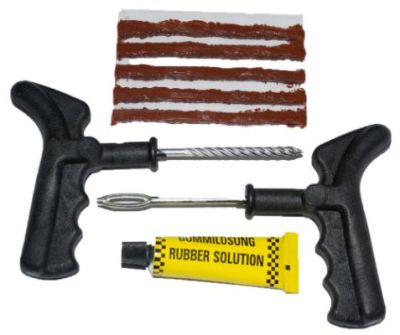
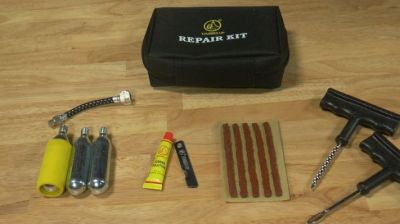
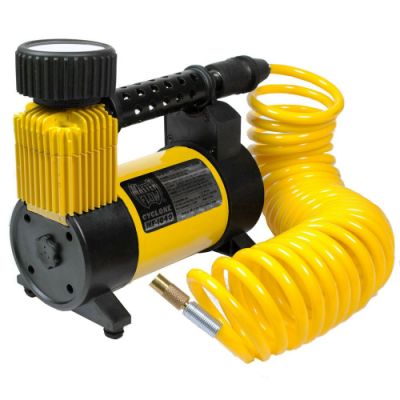
The above pictures are examples of tire plug repair kits. One of them comes with a razor to trim the plug after repairing the puncture. The 12 volt portable air compressor shown is a Masterflow compressor with a built in tire pressure gauge. You will need a blade screwdriver and pliers to remove the puncturing object. If the car was not equipped with a jack, lug wrench and spare tire, you can purchase a jack, lug wrench and emergency tire repair plug kit from most auto parts stores or you can purchase an OEM jack, lug wrench and compact spare tire or OEM rim and TPMS Sensor/sensor valve stem from your local car dealer parts department.
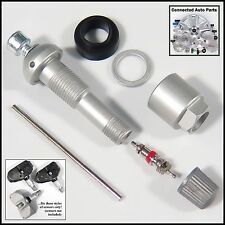
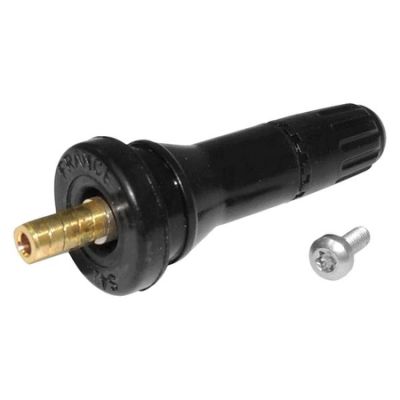

On a 2008 & later car and truck, you will see either a metal stem on the rim or an ordinary looking rubber stem with a TPMS sensor attached inside onto the stem. On a 2008 and later model car equipped with the snap in rubber TPMS stems, a tire shop can replace the rubber stem with a metal TPMS stem like the one pictured here. The metal stem shown here is the type made to replace rubber TPMS Valve stems. The TPMS units are pricey if damaged, usually costing at least $50.00 for an aftermarket replacement that needs to be programmed to match the car's TPMS factory receiver to several hundred dollars for an OEM unit. Repair chemicals such as Fix A Flat can damage a unit as well. If you don't have some kind of spare tire such as a compact spare pictured here or a full size tire, you will probably need to do an emergency plug repair. To repair the leak, make sure you set the parking brake and put the automatic transmission into Park, or the manual transmission into either reverse or first gear. Find the jack point on the car. Slightly loosen the lug nuts before jacking the wheel up. Jack the car up and remove the wheel. Find the leak and pull the puncturing object out. Use the tire rasp to ream the hole. Coat the plug insertion tool with rubber cement and lubricate the hole. Pull the insertion tool out, insert the plug material into the tool eyelet and lubricate the plug with rubber cement. Push the plug straight into the hole, inserting at least 2/3 of the plug into the hole. Pull the tool out without twisting it. Check for leaks. If it leaks, try again with another plug, repeating the processes after removing the defective plug. If the plug successfully seals the leak, cut off the excess material, leaving at least 1/4 inch of the plug material behind. Do not cut the plug flush with the tread. Doing so will cause it to leak. Inflate the tire at least to the minimum pressure per car maker or to the maximum pressure on the tire sidewall. Remount the tire, using a star pattern to tighten the lug nuts. Lower the wheel and finish tightening the nuts. IMPORTANT: A plug repair is temporary. The tire needs to be patched inside to be safe.



The above pictures are examples of tire plug repair kits. One of them comes with a razor to trim the plug after repairing the puncture. The 12 volt portable air compressor shown is a Masterflow compressor with a built in tire pressure gauge. You will need a blade screwdriver and pliers to remove the puncturing object. If the car was not equipped with a jack, lug wrench and spare tire, you can purchase a jack, lug wrench and emergency tire repair plug kit from most auto parts stores or you can purchase an OEM jack, lug wrench and compact spare tire or OEM rim and TPMS Sensor/sensor valve stem from your local car dealer parts department.



On a 2008 & later car and truck, you will see either a metal stem on the rim or an ordinary looking rubber stem with a TPMS sensor attached inside onto the stem. On a 2008 and later model car equipped with the snap in rubber TPMS stems, a tire shop can replace the rubber stem with a metal TPMS stem like the one pictured here. The metal stem shown here is the type made to replace rubber TPMS Valve stems. The TPMS units are pricey if damaged, usually costing at least $50.00 for an aftermarket replacement that needs to be programmed to match the car's TPMS factory receiver to several hundred dollars for an OEM unit. Repair chemicals such as Fix A Flat can damage a unit as well. If you don't have some kind of spare tire such as a compact spare pictured here or a full size tire, you will probably need to do an emergency plug repair. To repair the leak, make sure you set the parking brake and put the automatic transmission into Park, or the manual transmission into either reverse or first gear. Find the jack point on the car. Slightly loosen the lug nuts before jacking the wheel up. Jack the car up and remove the wheel. Find the leak and pull the puncturing object out. Use the tire rasp to ream the hole. Coat the plug insertion tool with rubber cement and lubricate the hole. Pull the insertion tool out, insert the plug material into the tool eyelet and lubricate the plug with rubber cement. Push the plug straight into the hole, inserting at least 2/3 of the plug into the hole. Pull the tool out without twisting it. Check for leaks. If it leaks, try again with another plug, repeating the processes after removing the defective plug. If the plug successfully seals the leak, cut off the excess material, leaving at least 1/4 inch of the plug material behind. Do not cut the plug flush with the tread. Doing so will cause it to leak. Inflate the tire at least to the minimum pressure per car maker or to the maximum pressure on the tire sidewall. Remount the tire, using a star pattern to tighten the lug nuts. Lower the wheel and finish tightening the nuts. IMPORTANT: A plug repair is temporary. The tire needs to be patched inside to be safe.
No comments:
Post a Comment